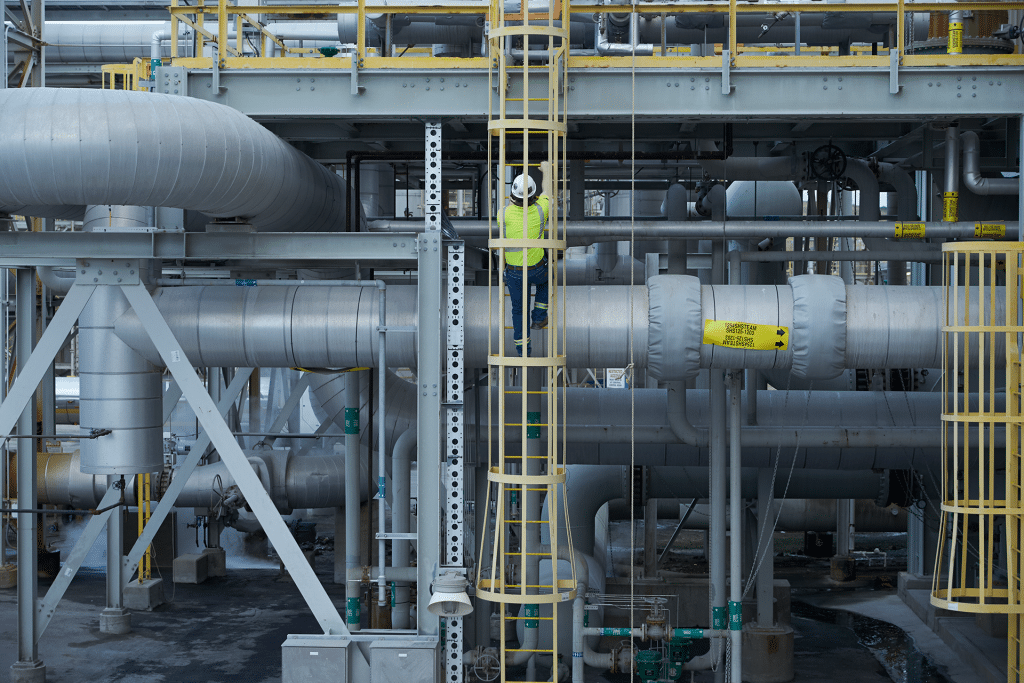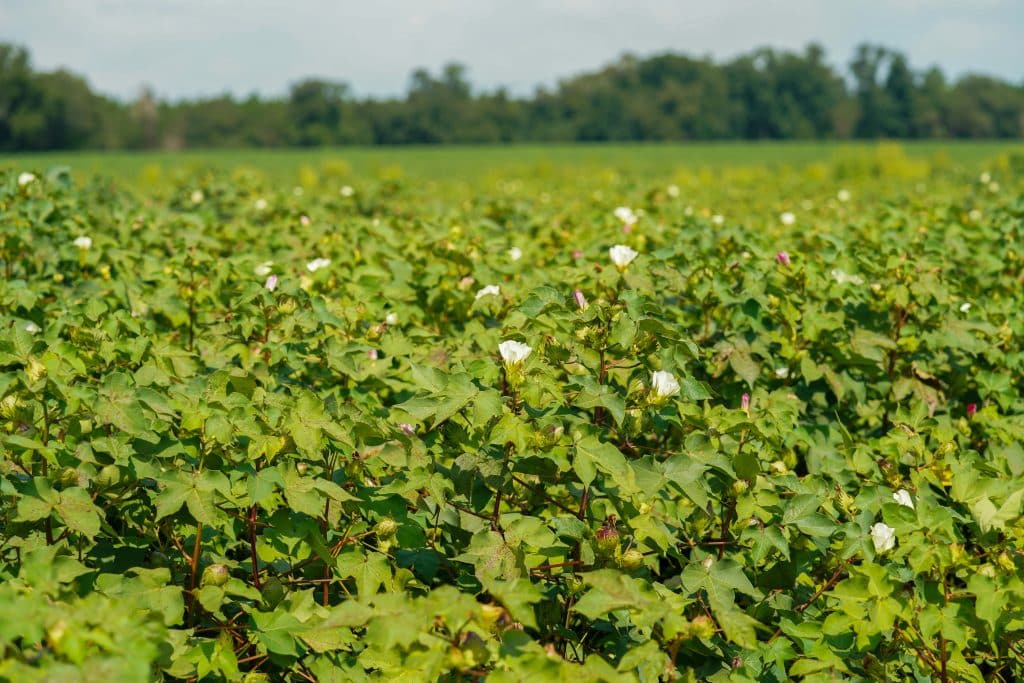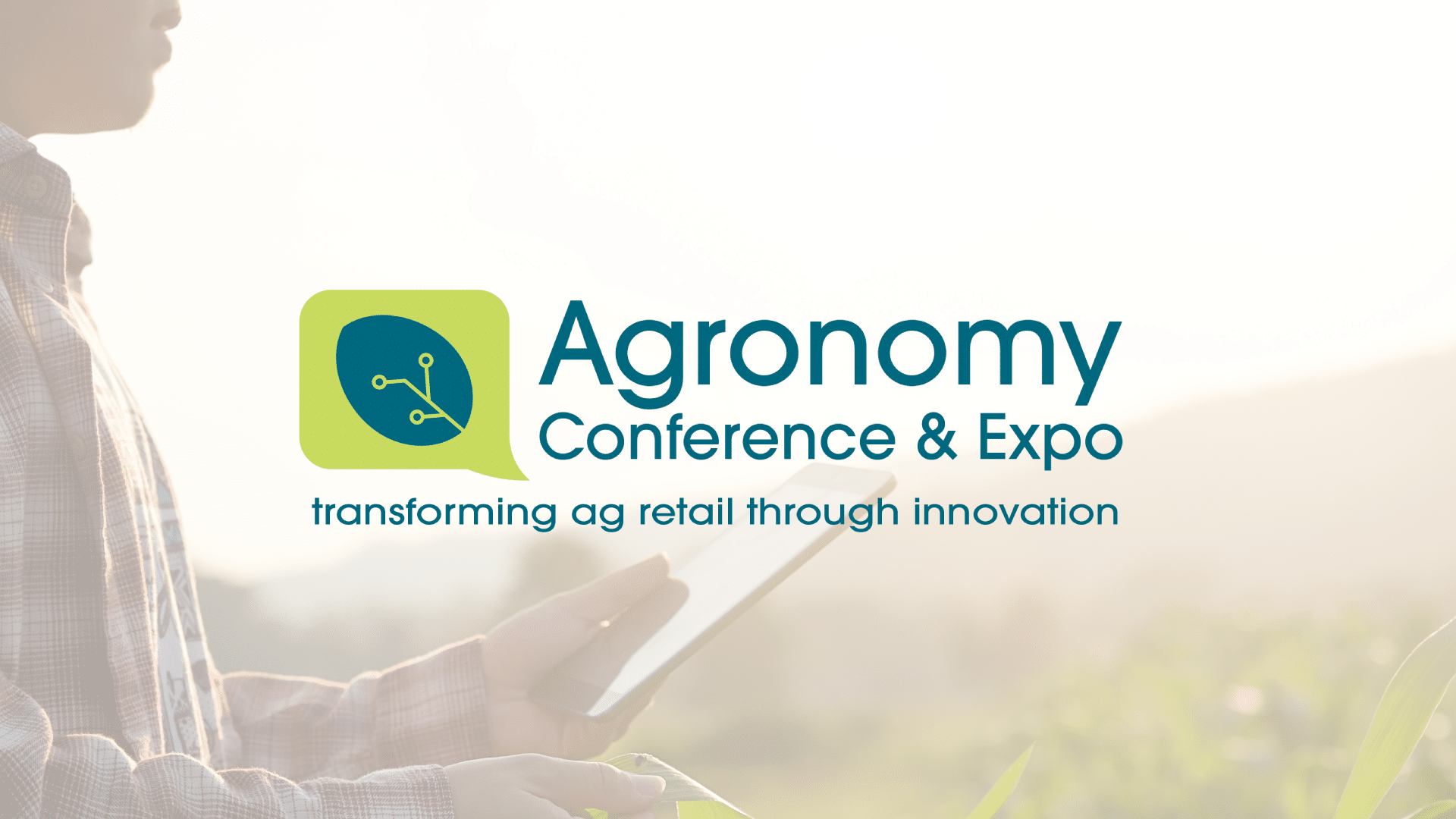OVERVIEW
The fertilizer industry continuously invests in innovative fertilizer products, practices, and technologies to improve plant nutrition and achieve environmental benefit. Specialty products should have a clear and science-based regulatory path to market.
TFI supports policies that:
- Incentivize new technologies while supporting efficient plant nutrient production and use to enable the industry to compete globally.
- Promote the adoption of a national fertilizer reporting system that is compatible with state reporting systems and harmonizes regulatory approval of plant nutrition products including beneficial plant nutrients, biologicals, biostimulants, enhanced efficiency fertilizers, micronutrients, and low carbon fertilizer products.
- Consider and adopt where appropriate existing voluntary best practices and industry certifications like the Certified Biostimulant and the Verified Ammonia Carbon Intensity programs.
LEARN ABOUT OUR COMMITMENT

Fertilizer Reporting Solutions
Understand how you need to report sales of fertilizer in a state that you do business

Certified Biostimulant
Enhancing plant growth, nutrient uptake, crop quality, yield and/or stress tolerance

Verified Ammonia Carbon Intensity
Decarbonizing food, farming, and energy supplies through certified carbon footprints

